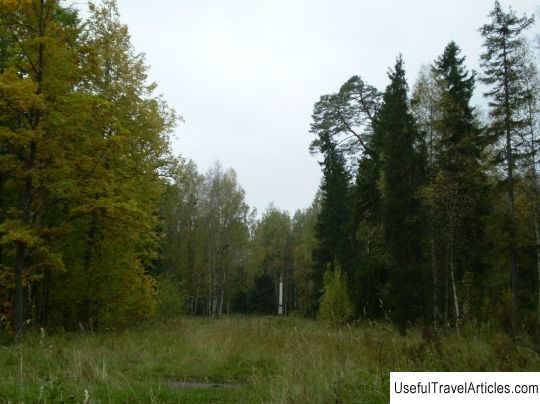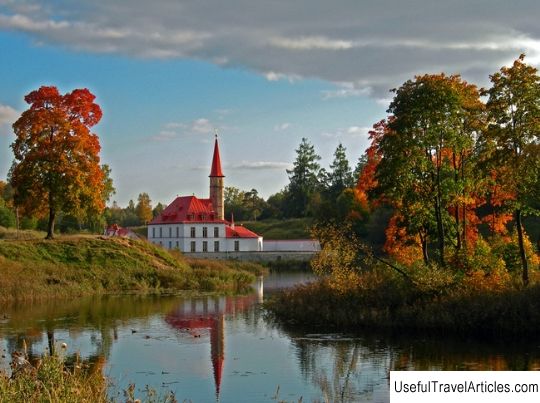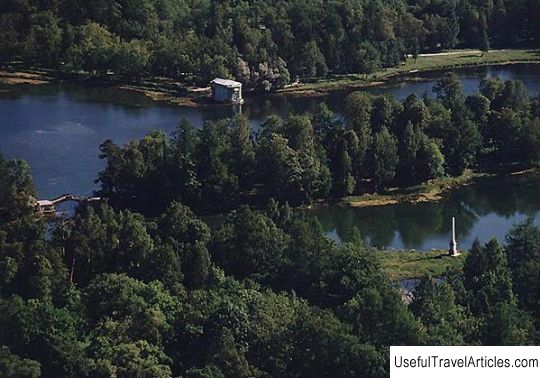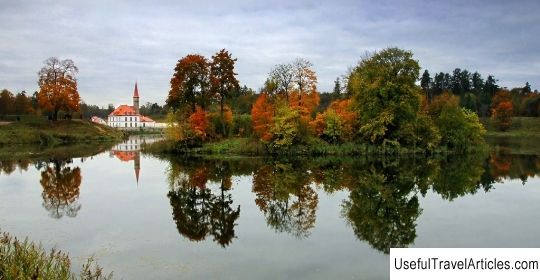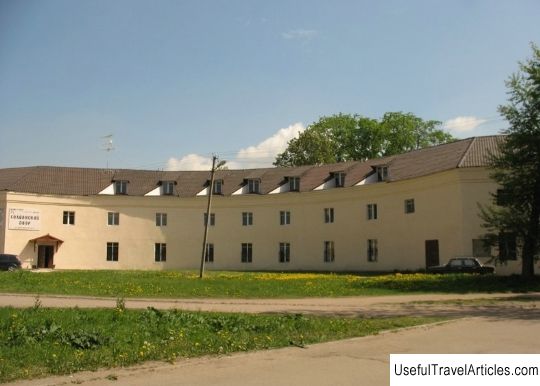Amphitheater in the Palace Park description and photos - Russia - Leningrad region: Gatchina
Rating: 8,7/10 (1309 votes) 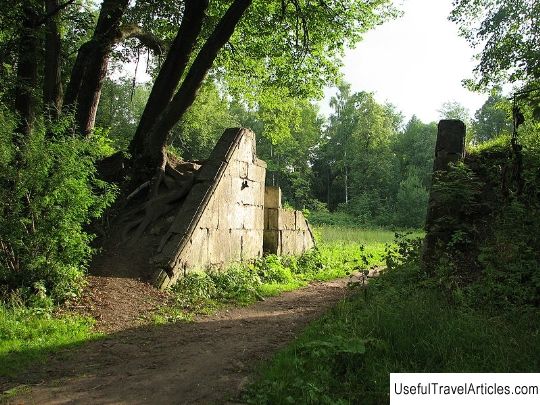
Amphitheater in the Palace Park description and photos - Russia - Leningrad region: Gatchina. Detailed information about the attraction. Description, photos and a map showing the nearest significant objects. Photo and descriptionThe amphitheater is a unique, but, unfortunately, dilapidated structure located in the south-west of the left bank of the Palace Park in the Orangery Garden. In the 18th century. it was considered fashionable to arrange open-air theaters or amphitheaters in parks. The amphitheater in the Palace Park in Gatchina was built in 1797. The author of the project is N.А. Lvov, the most talented Russian architect who created the Nevsky Gate of the Peter and Paul Fortress and the Priory Palace in Gatchina. The Gatchina amphitheater is an original example of "green architecture" of landscape gardening art of the late 18th century. The architect failed to complete the project of the Amphitheater. Due to the death of Paul I, all work was stopped. The amphitheater in the plan is a circle, which is surrounded by a ten-meter earthen rampart. The shaft served from the outside as a wall of the Amphitheater, and on its inner slopes, which were lined with green turf, there were seats for spectators. The width of the rampart was quite impressive in size and was 1/6 of the diameter of the Amphitheater, which gave the structure extraordinary monumentality and grandeur. Due to this feature, sometimes the Amphitheater was also called the Earthen Fortress. Four passages are cut along the entire circumference of the shaft at equal distances. Two passageways opposite each other were closed with metal gates. These passages were used for riders entering the arena. The remaining aisles were for spectators. The shaft on the side of the driveways was fortified with walls made of blocks of Pudost stone. Steep and narrow staircases were arranged on both sides of each passage, the steps of which are made of Chernitsky slabs. Amphitheater held `` amusing '' knightly tournaments, they were also called `` knightly carousels ''. Dressed in the armor of knights, the tournament participants, moving in a circle, performed all sorts of military exercises. From time to time they were rebuilt, thus forming beautiful figures, which were called `` square dance ''. In Europe, carousels were very fashionable fun at royal courts in the 17th and 19th centuries. The first "horse carousels" in Russia were carried out by order of Catherine II. One "of the most glorious carousels" was held in St. Petersburg in front of the Winter Palace in 1766. Its main characters were the Orlov brothers. The elder brother Grigory won the victory. Therefore, he probably received both the empress's heart and the Gatchina estate as a gift, which is very symbolic. Pavel Petrovich saw "horse carousels" in childhood. And they made a strong impression on him. The Grand Duke loved horses, and he himself rode well. In addition, he dreamed of reviving chivalric traditions and ideals. Historians called Paul "Don Quixote on the Russian throne", in 1798 he was even elected Grand Master of the Order of Malta of St. John of Jerusalem. In the 20s. 19th century The amphitheater of the Palace Park was named `` Cockfighting ''. It is possible that cockfights were also held here, but exact information about this has not reached our days. The project of the Amphitheater was never fully implemented. Above, it was supposed to arrange benches for spectators from turf, the arena of the Amphitheater was to be separated by a barrier of low-clipped bushes, in the gaps it was supposed to install statues on pedestals made of Pudost stone. The stairs were supposed to be decorated with eight gilded vases, and the arena - flat, antique-style incense bowls with high curly legs. The projected wrought-iron gates with the monograms of Paul I and gilded spears were never installed on the passages. This is reminiscent of metal center plates mounted in the walls of the aisles. The composition of the Amphitheater should have been completed by green walls of two rows of lindens. The restoration of the Amphitheater took place in 1849, but during the war of 1941-45. this unique structure was destroyed. Now the earthen rampart has quite swollen, although stairs, end walls, stone pedestals of statues have survived.      We also recommend reading Theatrical Museum of Greece description and photos - Greece: Athens Topic: Amphitheater in the Palace Park description and photos - Russia - Leningrad region: Gatchina. |
